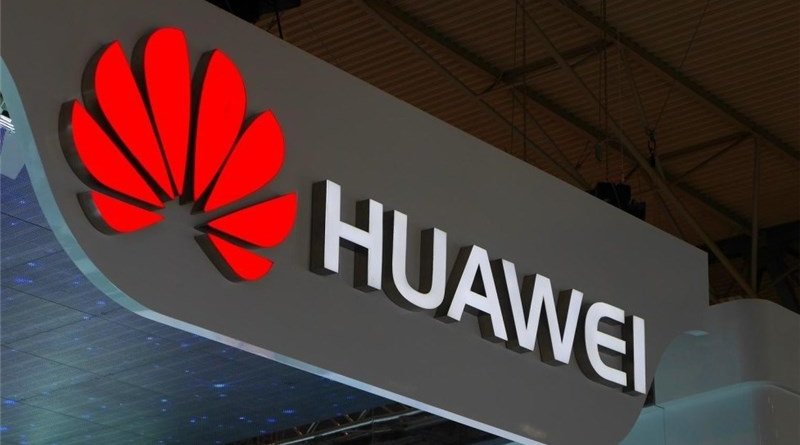Hungary’s Emergency Infrastructure Hardware Built By Huawei
By EurActiv
By Vlagyiszlav Makszimov
(EurActiv) — Devices provided by the Chinese telecommunications firm Huawei play a core role in the operation of Hungarian state infrastructure, including in the country’s emergency services, an in-depth investigative report by Direkt36 shows. The US responded to the news by reaffirming the fact that they have “strong concerns” about the company.
Moreover, earlier this week, Péter Szijjártó, Hungary’s Minister of Foreign Affairs revealed earlier this week that Huawei will play an instrumental role in the future roll out of next generation mobile technologies in the country. The company will work in a partnership with the British Vodafone and Deutsche Telekom.
This follows comments from the Innovation and Technology Minister Laszlo Palkovics earlier in the year that Hungary had no evidence equipment from Huawei posed a security threat.
However, on the other side of the debate, the US embassy in Budapest informed EURACTIV that they continue to have “strong concerns about the very real security risks posed by Huawei’s involvement in 5G projects.”
In 2013, Huawei technology was used to construct a unified emergency call system in Hungary, which in turn is linked to the internal radio system of emergency services, such as those belonging to police, fire and medical teams.
Mariann Gecse, Director of Government Relations and Communications at Huawei Technologies Hungary informed Direkt36 that all hardware across the above services was provided by her company. She insisted however, that the company is not involved in the management or analysis of data traffic.
Moreover, a notice had been published on Hungarian Public Procurement Authority’s website, which revealed that the country’s Counter Terrorism Centre had purchased three hotspots and a modem manufactured by Huawei.
Following principally US-led accusations against the Chinese firm regarding alleged backdoors in its equipment as well as accusations of intellectual property theft, Huawei continues to come under pressure in the West. And the US has been forthright in imposing itself on its European partners in this regard.
In August, ambassadors from Romania and the United States signed a memorandum for the development of secure 5G networks, including criteria for selecting companies permitted involvement in 5G infrastructure. And in September, the US made a similar move in signing a joint declaration with Poland to collaborate on 5G security in what US Vice President Mike Pence said would “set a vital example for the rest of Europe”.
The UK, meanwhile, will reportedly allow Huawei to be involved in ‘non-contentious’ aspects of the country’s 5G infrastructure. The company’s founder had previously informed EURACTIV that it is ‘very likely‘ Huawei will play a role in core aspects of the country’s 5G network infrastructure.
In addition, Germany has put forward bolstered security standards for 5G and is at the time refusing to rule out any particular vendors. Meanwhile, the EU itself has been treading precariously with regards to Huawei.
Following the Commission’s October report on the coordinated risk assessment of 5G networks, which stressed that “threats posed by states or state-backed actors are perceived to be of highest relevance,” EU member states have now been tasked with working on a set of risk alleviating measures to mitigate the cybersecurity risks outlined in the report.
Member states will work alongside the Commission and ENISA, the European Agency for Cybersecurity, in the drawing up of the plans, which are set to be ready by the end of December this year.

